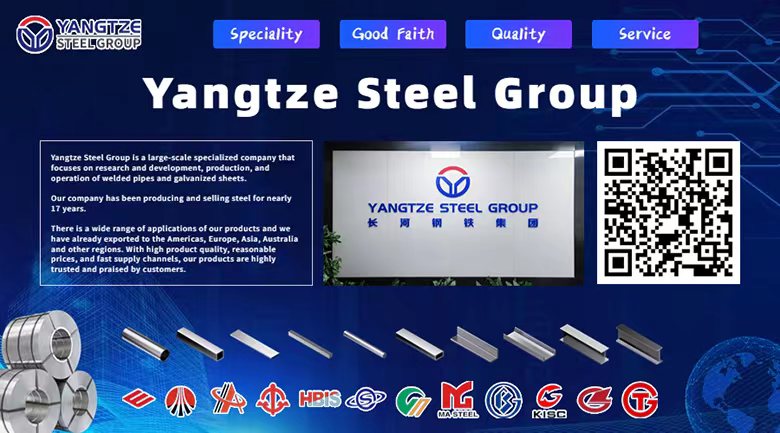How to identify the quality of steel plates
The quality of steel plates is a key issue. Buyers and users need to know how to identify the quality of steel plates.
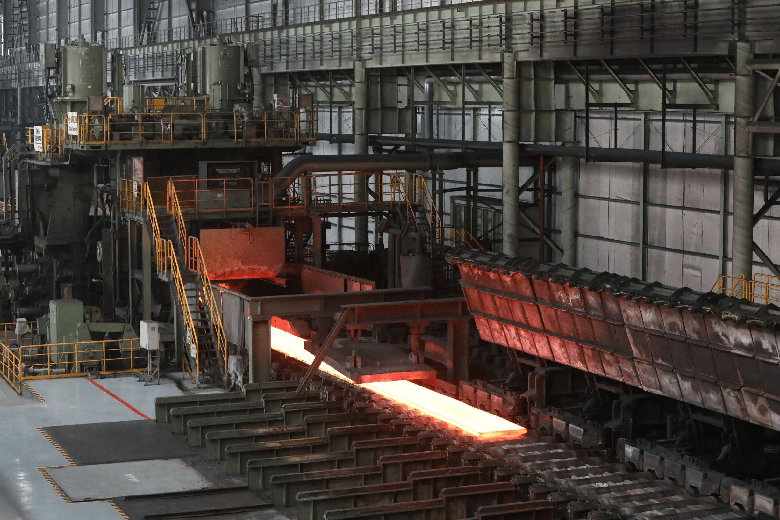
1.Observe the appearance: First of all, appearance is one of the important indicators for judging the quality of steel plates. The surface of high-quality steel plates should be smooth and flat, without obvious dents, bulges, or scratches. At the same time, there should be no obvious rust, oxidation, cracks, etc. on the surface. Good cosmetic condition usually means that the manufacturing process and material selection of the steel plate are good.
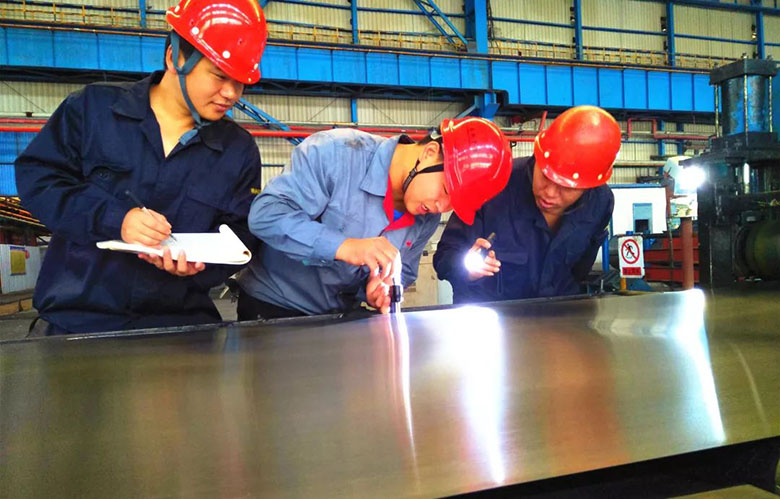
2. Check the thickness and size: The thickness and size of the steel plate are also important indicators for identifying quality. Use a measuring tool, such as a micrometer or tape measure, to check that the thickness of the steel plate meets specifications. Also, make sure the dimensions of the steel plate are accurate and fit your needs.
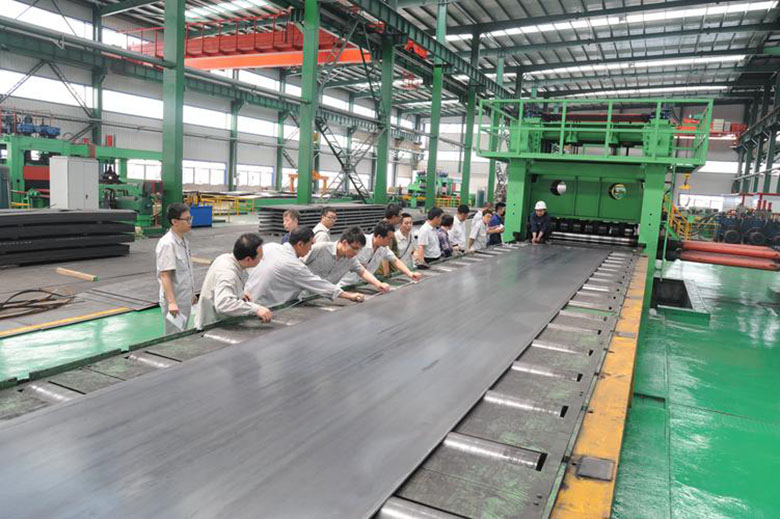
3. Test the strength and hardness: The strength and hardness of the steel plate are directly related to its quality and performance. The strength and hardness of steel plates can be assessed in the following ways:
Strength test: Use a tensile testing machine and other equipment to conduct a tensile test to evaluate the tensile strength and yield strength of the steel plate. Higher strength generally indicates better quality and durability of the steel plate.
Hardness test: Use hardness tester and other equipment to conduct hardness test to evaluate the hardness grade of the steel plate. Common hardness testing methods are Brinell hardness and Rockwell hardness. Vickers hardness, etc. Generally speaking, the higher the hardness, the stronger and more durable the steel plate is.
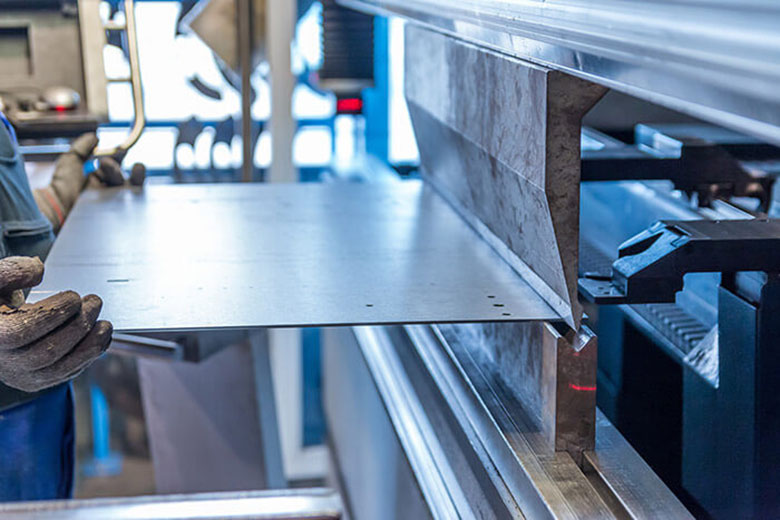
4. Check the material mark and certification: High-quality steel plates are usually marked with material grades and related certification marks. For example, common international steel plate certification standards include ASTM standards and EN standards. Ensuring that steel plates meet appropriate standards and certification requirements can improve their quality and reliability.
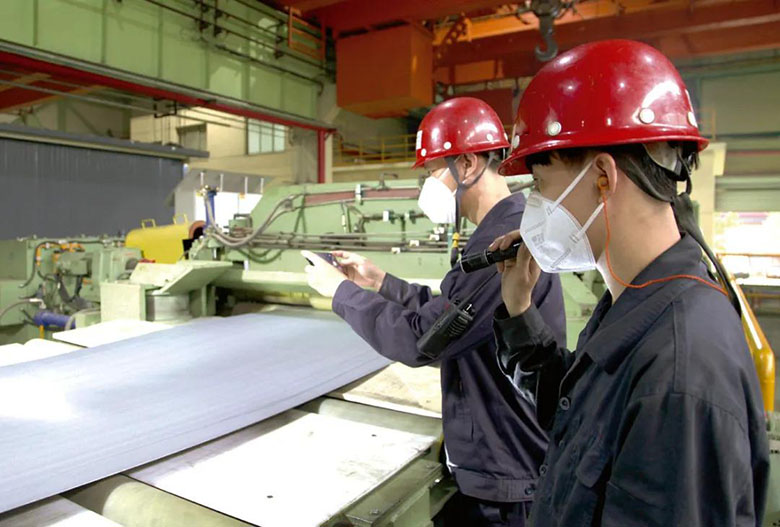
In short, identifying the quality of steel plates requires comprehensive consideration of factors such as appearance, thickness, size, strength, etc. Choosing high-quality steel plates can not only ensure safe and reliable use, but also improve project quality and efficiency.
